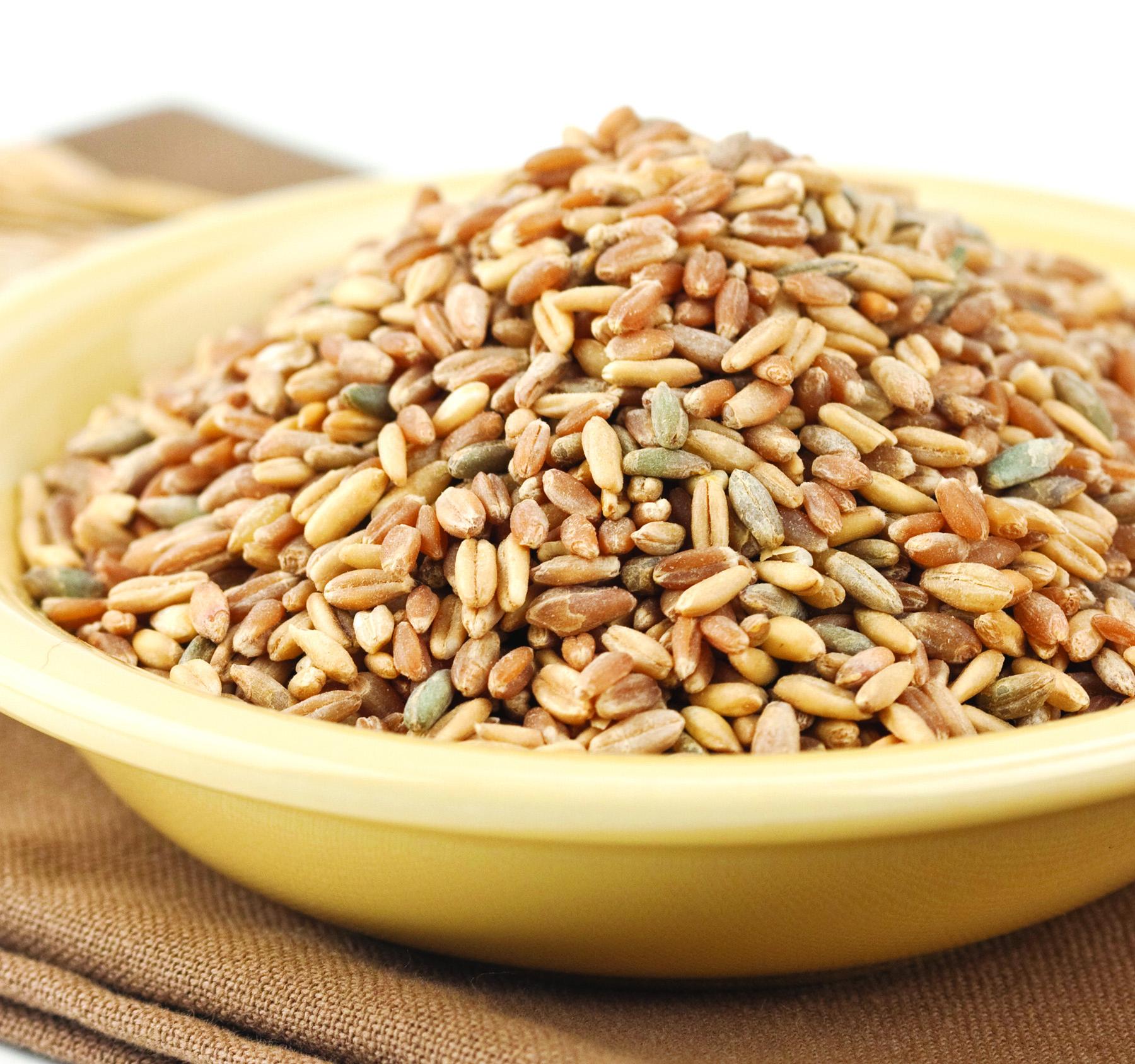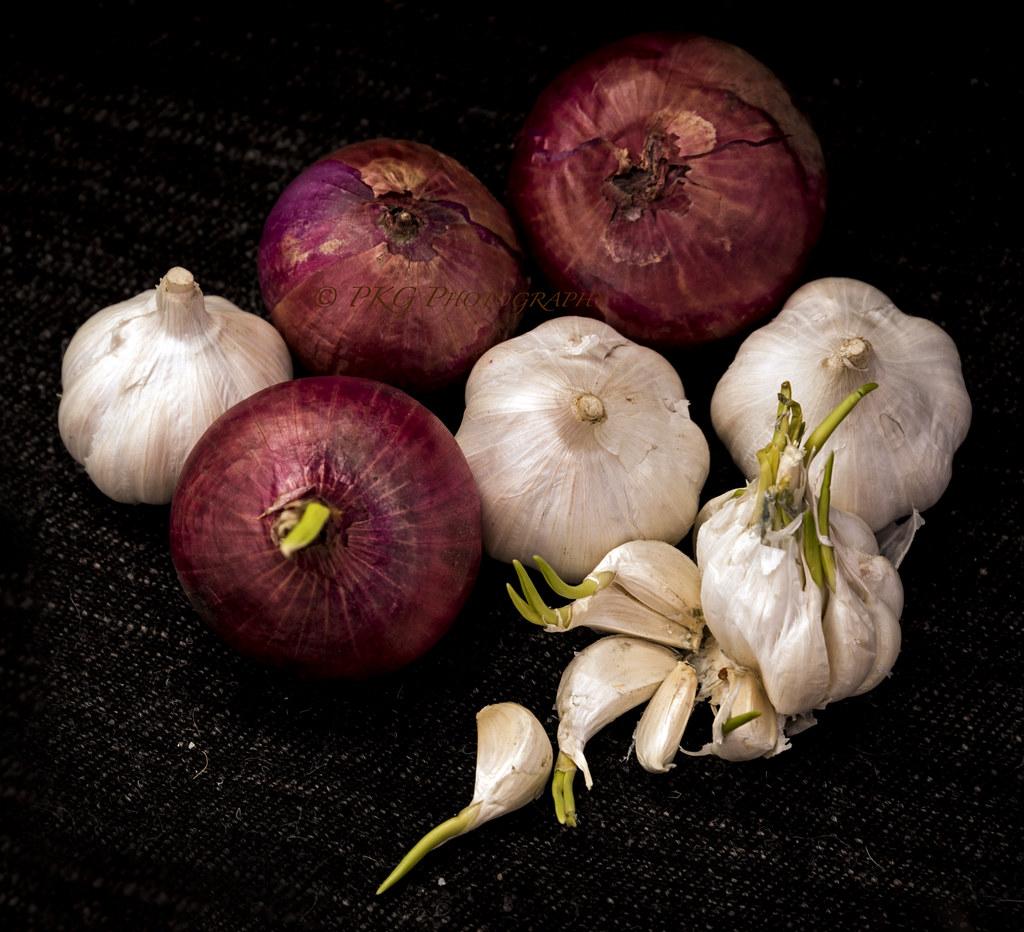In today’s fast-paced world, where convenience often trumps nutrition, it’s easy to overlook the simple yet profound benefits of incorporating whole grains into our diets. For many, the idea of transitioning to whole grains can seem daunting, filled with questions about what to choose, how to prepare them, and whether they will truly make a difference. You’re not alone in these concerns. This guide is designed to gently walk you through the process, offering practical tips and compassionate encouragement as you embark on this journey toward better health. Together, we’ll explore how these nutrient-rich powerhouses can seamlessly become a delicious and vital part of your daily meals, enhancing not just your diet but your overall well-being.
Understanding the Benefits of Whole Grains for Your Well-being
Incorporating whole grains into your diet can significantly enhance your well-being by providing essential nutrients and promoting better digestion. Whole grains are packed with fiber, vitamins, and minerals that are often stripped away during the refining process. They help maintain a healthy weight, reduce the risk of chronic diseases, and improve heart health. By making a few simple changes in your diet, you can easily enjoy the benefits of whole grains.
- Start Your Day Right: Choose whole grain options for breakfast, such as oatmeal, whole grain cereal, or whole wheat toast. These options not only provide a nutritious start but also keep you feeling full longer.
- Swap Refined for Whole: Replace white rice, pasta, and bread with their whole grain counterparts like brown rice, whole grain pasta, and whole wheat bread. This swap is simple yet effective in boosting your nutrient intake.
- Explore New Grains: Experiment with grains such as quinoa, barley, or bulgur. These grains can add variety to your meals and provide different flavors and textures.
| Whole Grain | Benefits |
|---|---|
| Oats | High in fiber and helps reduce cholesterol levels. |
| Quinoa | Contains all nine essential amino acids and is gluten-free. |
| Barley | Rich in vitamins, minerals, and antioxidants. |
By gradually introducing these small changes, you will not only enjoy the diverse flavors and textures of whole grains but also reap their numerous health benefits. Remember, every small step towards incorporating whole grains can lead to a healthier and more balanced diet.

Choosing the Right Whole Grains to Fit Your Lifestyle
Incorporating whole grains into your daily routine can feel like a daunting task, but the key is to find the grains that best align with your personal preferences and lifestyle. Here are a few tips to help you get started:
- Assess Your Cooking Habits: If you’re someone who enjoys quick meals, consider opting for whole grains like quinoa or bulgur, which cook in under 20 minutes. For those who love a slow-cooked dish, brown rice or farro might be more up your alley.
- Consider Your Nutritional Needs: Different whole grains offer various health benefits. For instance, oats are rich in beta-glucan, which helps lower cholesterol, while amaranth is a good source of protein and iron. Choose grains that meet your specific dietary goals.
- Experiment with Flavors: Whole grains can have distinct flavors and textures. Try incorporating a variety of grains to see which ones you enjoy the most. Millet and barley can add a nutty taste, while rye offers a robust flavor profile.
Here’s a quick comparison of some popular whole grains to help you decide:
| Grain | Cooking Time | Key Nutrients |
|---|---|---|
| Quinoa | 15 min | Protein, Magnesium |
| Bulgur | 10 min | Fiber, Iron |
| Brown Rice | 45 min | Fiber, Selenium |
| Oats | 5 min | Beta-glucan, Manganese |

Easy and Delicious Ways to Incorporate Whole Grains into Your Meals
Transforming your diet to include more whole grains can be a rewarding journey for your taste buds and health. Whole grains are incredibly versatile and can be effortlessly integrated into your daily meals. Here are some easy and delicious ideas to get you started:
- Breakfast Boost: Swap out your regular cereal for oatmeal or quinoa porridge. Add fruits, nuts, and a drizzle of honey for sweetness and texture.
- Salad Upgrade: Toss cooked farro or bulgur into your salads for a hearty and nutritious twist. These grains add a chewy texture that complements crunchy vegetables.
- Side Dish Makeover: Instead of white rice, serve brown rice, wild rice, or barley as a side dish. These grains are perfect for soaking up sauces and flavors from your main dish.
- Baking Delight: Use whole wheat flour or spelt flour in your baking recipes. Whether it’s bread, muffins, or pancakes, whole grain flours add a nutty flavor and extra fiber.
| Whole Grain | Meal Idea |
|---|---|
| Quinoa | Quinoa Salad with Avocado and Black Beans |
| Barley | Barley Risotto with Mushrooms |
| Brown Rice | Brown Rice Stir Fry with Vegetables |
Remember, small changes can lead to big health benefits. Start by substituting one meal a day with whole grains and gradually increase as you discover new favorites. Your body will thank you for the added nutrients and fiber!

Overcoming Common Challenges When Transitioning to Whole Grains
Transitioning to whole grains can sometimes feel daunting, especially if you’re accustomed to refined grains. However, with a few strategies, you can make this shift more manageable and enjoyable. Here are some common challenges and tips to overcome them:
- Flavor and Texture: Whole grains have a different taste and texture compared to refined grains. To get accustomed, start by mixing whole grains with your usual grains. For instance, combine brown rice with white rice or mix whole wheat pasta with regular pasta. Gradually increase the proportion of whole grains over time.
- Cooking Time: Whole grains often take longer to cook. Consider using a pressure cooker or soaking grains overnight to reduce cooking time. Alternatively, cook a large batch at once and store portions in the freezer for quick meals later.
- Cost Concerns: Whole grains can sometimes be more expensive. Buying in bulk can save money, and local farmers’ markets often offer competitive prices. Also, look for store brands, which can be more affordable than name brands.
Below is a simple comparison to help you choose the right whole grain for your needs:
| Whole Grain | Cooking Time | Best Use |
|---|---|---|
| Quinoa | 15 minutes | Salads, Side Dishes |
| Brown Rice | 45 minutes | Stir-fries, Casseroles |
| Oats | 5 minutes | Breakfast, Baking |








































